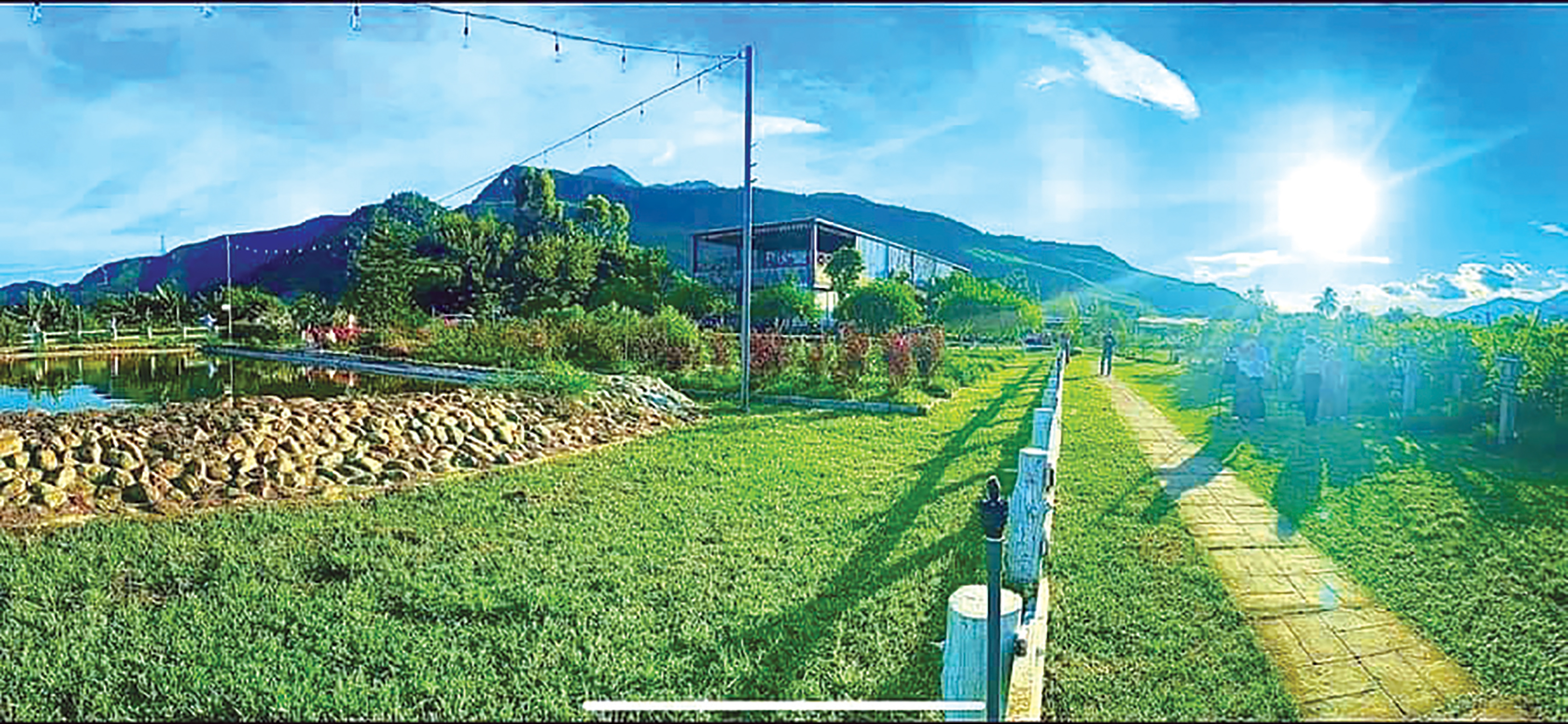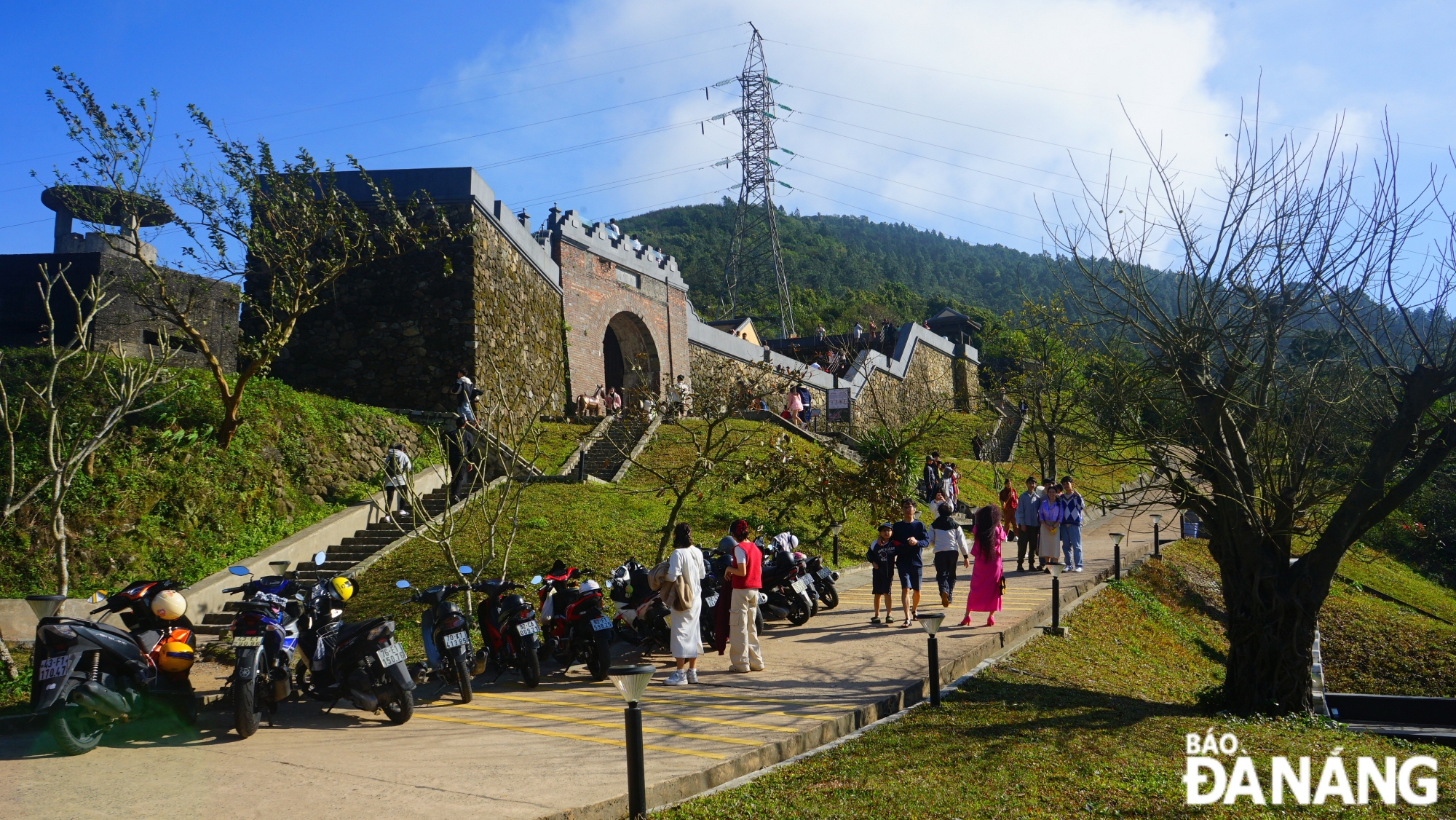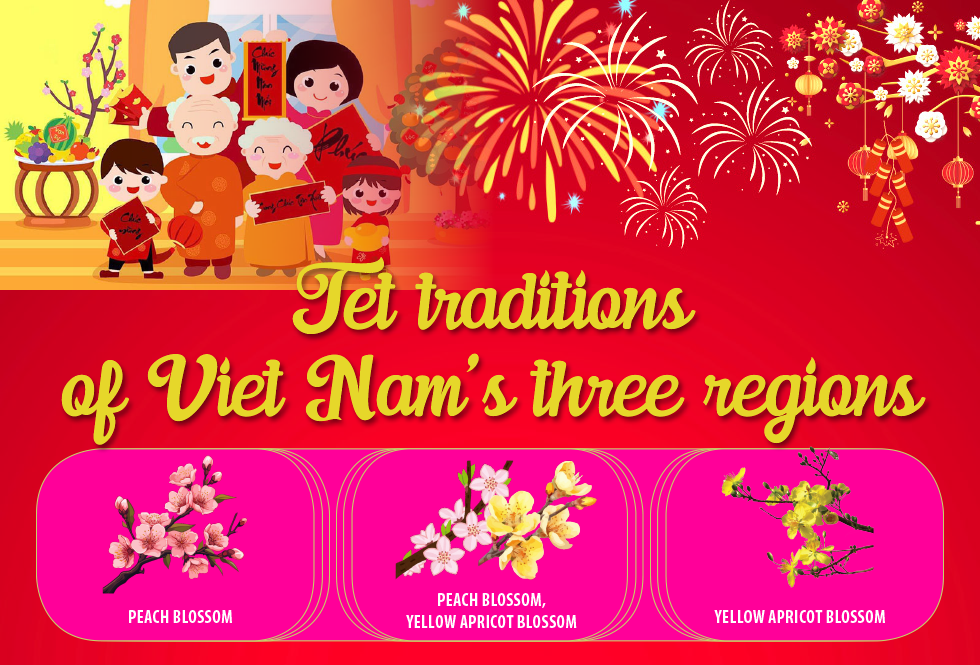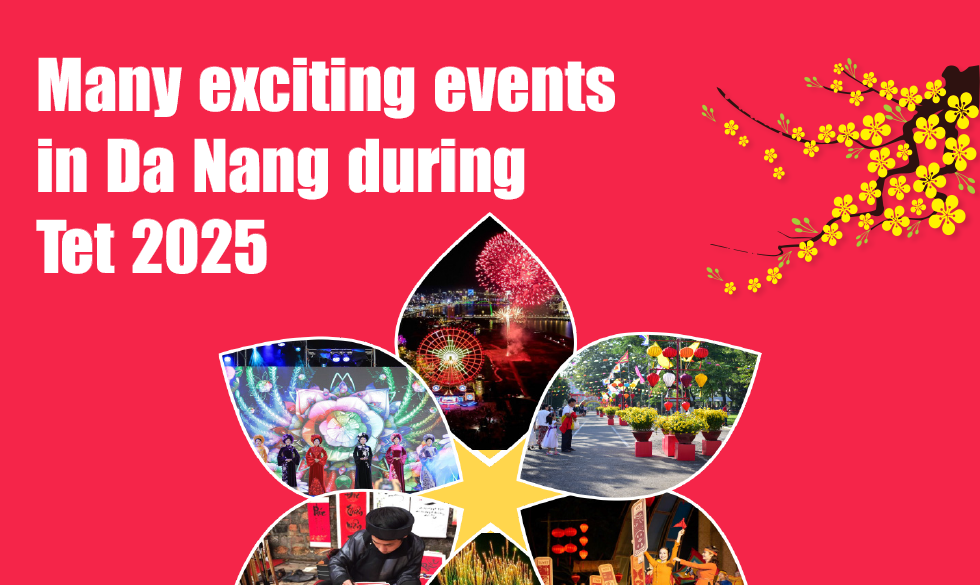Spring vibes in green highlands
Da Nang has some mountainous communes, and among them is the highland commune of Hoa Bac in Hoa Vang District where there are two villages, Ta Lang and Gian Bi, with 246 Co Tu households. In addition, the Co Tu live in Phu Tan village, Hoa Phu commune. The Co Tu culture has been preserved for many generations, becoming a unique feature that attracts attention because of its unique customs and practices.
 |
| A corner of the countryside of Hoa Bac Commune, Hoa Vang District, Da Nang. Photo: LE HA |
The Co Tu are one of the long-standing indigenous peoples in the Truong Son mountain range. For generations, living under the deep green forest canopy, in order to have food, they have to work on the fields, go into the forest, go down to the streams and rivers to hunt and gather the items that the mountains and forests have given.
It is this life that has been the internal cause that helps the Co Tu form folk festivals, with each being closely linked to the land, the gods, the joys and and the fullness of each village of this ethnic group. Nowadays, along with the general development of society, the Co Tu people celebrate Tet and organise celebrations and greetings right at the time of the Lunar New Year of the whole nation.
For the Co Tu people, among festivals associated with daily life and customs, the celebration after a bumper crop season of the whole village is the biggest. This festival also has the meaning of celebrating the passing of the old year, a good crop season, the peace of the villagers, preparing for a promising new crop season, a new year of prosperity and happiness for all residents in the village. This can be seen as the message that the Co Tu people send to ‘Yang’ the prayers of the whole village.
In particular, in the festival to celebrate the new rice crop and welcome the new year of the Co Tu people, the quintessence of sculpture art is most clearly shown on the pole, along with the unique manifestations of many types of folk art such as gong beating, dancing and singing; The beauty and colours of costumes, jewelry, and even the expressions of affection between individuals and between individuals and the community are all vividly and beautifully displayed.
In years of favourable weather, the rice and corn plants on the fields and on the farms produce as many grains as the leaves of the forest, and the Co Tu people are constantly happy. The rice returns to the village, filling the warehouse. At that time, the village elders discuss with the prestigious ones in the village to hold a festival to celebrate, thanking ‘Yang’ for helping the villagers have a season of crops that are satisfying to the eyes, full to the stomach, and pleasing to the heart.
When the Co Tu villagers are excitedly preparing for the festival to celebrate the new rice, it is also the time when the rains of heaven and earth have stopped, and the sunlight and the new year have returned to all the mountains, forests and villages. The warm spring sunshine makes the forest trees sprout, making people's hearts more excited. The Pa Loong and Tit Vir birds sing loudly throughout the mountains and forests; Hrling flowers bloom red on the paths from the village to the fields, all as if urging all the Co Tu people to join the sun and wind to hold a buffalo stabbing festival, open a festival to celebrate the new rice, and welcome the new year.
The village elder watches the sky, the earth, listens to the birds singing, and with the experience passed down from many generations of ancestors, the village elder will decide the moment to open a festival to celebrate for the whole village.
The village elder chooses an old person with virtue, gentleness, good manners, who has worked in the fields for many consecutive seasons without failure, and is respected and loved by the villagers to perform the ceremony.
Gongs and drums play with the traditional ‘Tung tung - Da da’ dance (male - female dance). The dance is performed in a circle around the Xonur pole, with young men carrying Ta-leet on their shoulders and holding swords in their hands; young women carrying baskets, in the baskets there are bamboo trees and leaves. The gong music becomes more and more bustling. This dance is performed many times, over and over again.
At the end of this ceremony, the whole village prepares the ceremony to welcome guests (Tơmoi) from other villages to attend the festival. The guests have been informed in advance, so they should arrive on time.
Coming to enjoy the village festival, guests bring many items such as sticky rice, meat and fish. In the sound of gongs and drums, traditional music welcomes guests. When guests enter the village, they can immediately join in the ‘Tung tung - Da da’ dance, dancing with the villagers. The welcoming ceremony is solemn but also very friendly, warm with solidarity and understanding.
The dishes served at the festival include buffalo meat, chicken, fish and sticky rice displayed on the floor of the Guol house. Many jars of wine are also present. Wine was continuously poured into cups with bamboo tubes by the village elders to serve the distinguished guests. They sang folk songs, exchanged stories about the past year's good deeds, and also about their dreams for the next crop, praying to ‘Yang’ and the deities to give them strength in their arms and legs.
In the ‘Guol’ house, the villagers were still eating, drinking, chatting, and singing folk songs enthusiastically. At night, the gongs and the ‘Tung tung - Da da dance resounded again, taking place on the Guol house floor. Many young men and women of love age borrowed the sound of gongs and familiar traditional dances to express their love to each other, so that they could become husband and wife one day.
The above-mentioned traditional festival of the Co Tu people has existed for generations, and will continue its vitality because it is a priceless asset, containing a strong belief for a peaceful and prosperous life for all people. The festival unites people, so that love has a chance to sprout, blossom and bear fruit. Just like that, the highlands of Da Nang are always green in the spring.
In order to preserve and develop the culture and society of ethnic minorities, including the Co Tu people, the Hoa Vang District People's Committee has coordinated with the Da Nang Department of Culture, Sports and Tourism to successfully organise the Co Tu Cultural and Sports Festival. The festival has invited the gong team from Tay Giang District, neighbouring Quang Nam Province to participate, creating solidarity and friendship between the communities of the Co Tu people.
Also, the relevant agencies have organised a class to restore the brocade weaving profession for Co Tu women in Ta Lang and Gian Bi villages in Hoa Bac Commune and Phu Tuc Village in Hoa Phu commune. The Hoa Bac Commune People's Committee has opened a class to improve the brocade weaving profession using coloured thread decorated with geometric patterns skillfully combined with beads on fabric, and organised a class to improve the art of gong and ‘Tung tung - Da da’ dance for villages with Co Tu people in the district.
Reporting by TAN HOAI DA VU – Translating by A.THU








